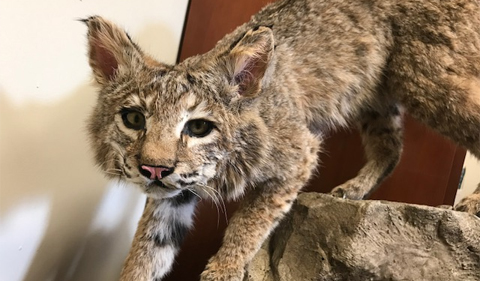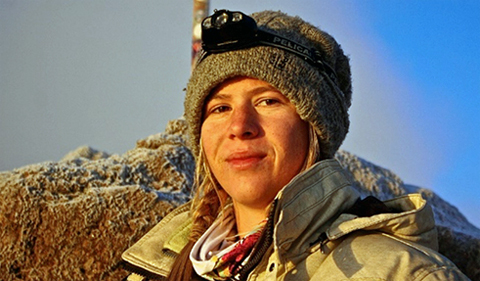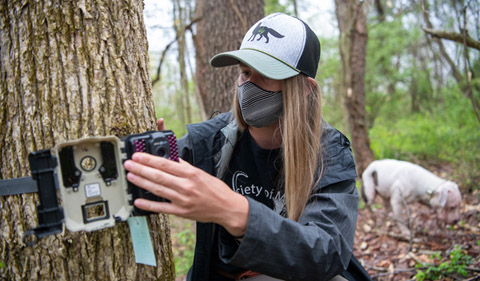By Kaitlyn Lyons
Bobcats have been locally extinct for about 100 years due to over-harvesting and loss of habitat, but they have recently started to recover throughout the state of Ohio. More and more people have started seeing them in their backyards or killed on roadways.
Ohio University graduate student Marissa Dyck approached Dr. Joseph Johnson, Assistant Professor of Biological Sciences, about trying to preserve some of these bobcat roadkill specimens. Dyck is pursuing a Ph.D. in Biological Sciences,
The Ohio Department of Natural Resources agreed to fund Marissa’s adviser, Dr. Viorel Popescu, to do an investigation to see what the main causes of mortality are, how often they get hit on roadways, and how population measurements as well as other aspects of their ecology. With this information, officials at ODNR are better able to determine if they should open a trapping season for bobcats in southeast Ohio.
The ODNR has been collecting roadkill of bobcats throughout the counties of southeast, Ohio where the population is the densest.
Dyck and Johnson got in contact with a taxidermist, David Might, through the Cincinnati Museum of Natural History. Might was a huge help with the process of preserving the bobcats.
There are various steps that go into preserving these animals. It is a very involved process consisting of measuring, painting the nose and other features, as well as adding clay around the eyeballs and in the paws in order to make them look as realistic as possible.
The bones of these animals are saved and numbered for future students who are interested in this area of study. This resource is not just for Ohio University students, but people all around the world. Preserving these bones and collections for others in the future has a high scientific value.
Dyck reached out to several people who have chipped in and have been willing to help, making it a highly collaborative effort. Even if nobody has a need for it now, they recognize that specimens can be saved and useful to someone in the future.
This is an amazing way to make the most out of a sad situation. These animals have been killed on the road, but they are being used beneficially through different types of research and education.





















Comments